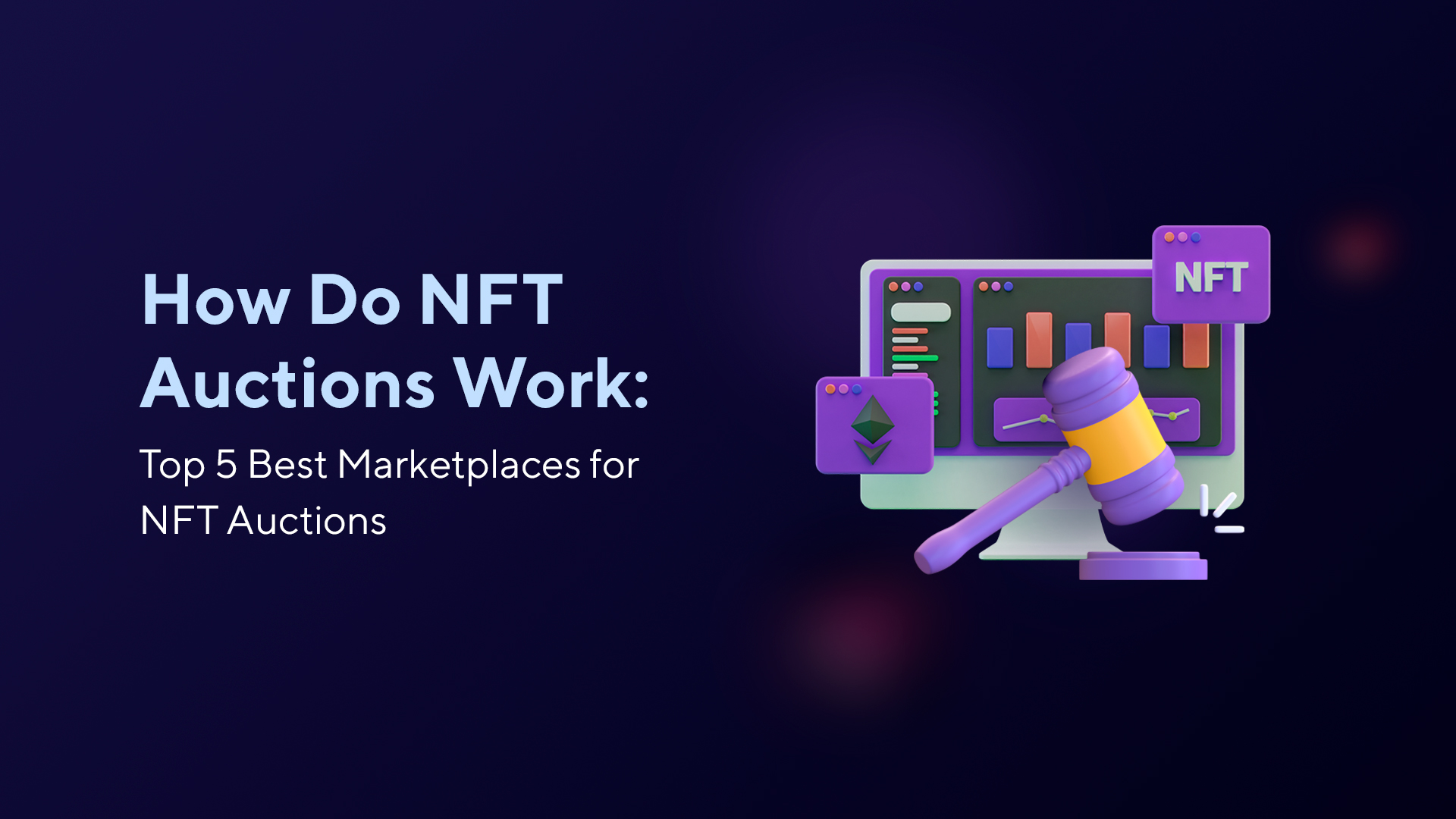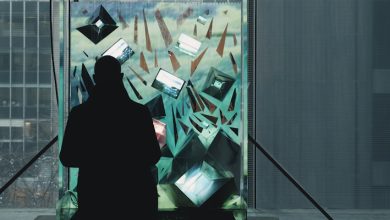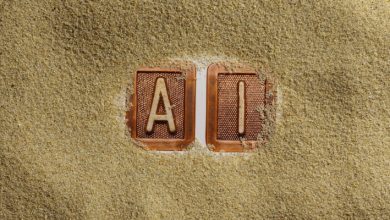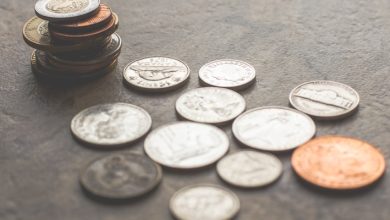NFT Auctions: How They Work and What to Expect

- Understanding the Basics of NFT Auctions
- Step-by-Step Guide to Participating in NFT Auctions
- Exploring the Different Types of NFT Auctions
- Tips for Success in NFT Auction Bidding
- Navigating the Risks and Rewards of NFT Auctions
- Future Trends in NFT Auctions to Watch Out For
Understanding the Basics of NFT Auctions
NFT auctions are a popular way to buy and sell non-fungible tokens in the digital art world. These auctions work similarly to traditional auctions, where participants bid on an item until the highest bid wins. However, there are some key differences to keep in mind when participating in an NFT auction.
One important aspect to understand about NFT auctions is that they are typically conducted on blockchain platforms, which provide transparency and security for both buyers and sellers. This means that all bids and transactions are recorded on the blockchain, making it easy to verify the authenticity of an NFT.
When participating in an NFT auction, it’s essential to do your research on the artwork or collectible you are interested in. This includes understanding the artist or creator, the rarity of the NFT, and any additional information that may affect its value. By doing your due diligence, you can make more informed decisions when placing bids.
Another crucial factor to consider in NFT auctions is the timing. Some auctions may have a set end date and time, while others may use a “Dutch auction” format where the price decreases over time until a bid is accepted. Understanding the auction format and timeline can help you strategize your bidding approach.
Overall, NFT auctions can be an exciting and rewarding way to collect digital art and other unique assets. By understanding the basics of how these auctions work and what to expect, you can navigate the world of NFTs with confidence and make informed decisions when participating in auctions.
Step-by-Step Guide to Participating in NFT Auctions
To participate in NFT auctions, follow these steps to ensure a smooth and successful experience. First, you need to find a reputable NFT marketplace where auctions are held. Popular platforms include OpenSea, Rarible, and Foundation. Once you have chosen a platform, create an account and familiarize yourself with the auction process.
Next, browse through the available NFTs up for auction and choose the ones that interest you. Take the time to research the artists and the history of the NFTs to make an informed decision. When you find an NFT you want to bid on, make sure you have enough cryptocurrency in your digital wallet to place a bid.
Before placing a bid, set a maximum bid amount to avoid overspending. Keep in mind that NFT auctions can be competitive, so be prepared to increase your bid if necessary. Once you have placed your bid, monitor the auction closely to see if you have been outbid. If you win the auction, follow the platform’s instructions to complete the purchase and transfer the NFT to your digital wallet.
Participating in NFT auctions can be an exciting and rewarding experience, but it’s essential to do your research and be prepared before diving in. By following these steps, you can increase your chances of success and enjoy collecting unique digital assets.
Exploring the Different Types of NFT Auctions
NFT auctions come in various forms, each offering a unique way for collectors and creators to buy and sell digital assets. Understanding the different types of NFT auctions can help you navigate this rapidly growing market more effectively.
One common type of NFT auction is the English auction, also known as an open ascending price auction. In this format, the starting price is set low, and bidders place increasingly higher bids until the auction ends at a predetermined time. The highest bidder at the end of the auction wins the NFT.
Another popular type of NFT auction is the Dutch auction, where the price starts high and decreases over time until a bidder decides to purchase the NFT at the current price. This format encourages quick decision-making and can create a sense of urgency among bidders.
Reverse auctions, on the other hand, start with a high price set by the seller, which decreases as bidders place lower and lower bids. The first bidder to accept the price wins the NFT. This type of auction can be a strategic way for sellers to gauge the value of their NFTs.
Finally, there are sealed-bid auctions, where bidders submit their bids privately, and the highest bid wins the NFT. This format allows bidders to make competitive offers without knowing what others are bidding, adding an element of mystery to the process.
By exploring the different types of NFT auctions, you can choose the format that best suits your buying or selling preferences. Whether you prefer the excitement of an English auction, the speed of a Dutch auction, the strategy of a reverse auction, or the privacy of a sealed-bid auction, there is a format that will work for you in the world of NFTs.
Tips for Success in NFT Auction Bidding
When participating in NFT auctions, it is essential to have a strategy in place to increase your chances of success. Here are some tips to help you navigate the bidding process:
- Do your research before the auction begins to understand the value of the NFT you are interested in.
- Set a budget for yourself and stick to it to avoid overspending.
- Monitor the auction closely and be prepared to place bids strategically, especially towards the end of the auction.
- Consider using bidding tools or services to automate your bids and increase your chances of winning.
- Stay informed about the latest trends and developments in the NFT market to make informed decisions.
By following these tips, you can improve your chances of success in NFT auction bidding and secure the NFTs you desire at a fair price.
Navigating the Risks and Rewards of NFT Auctions
Navigating the risks and rewards of NFT auctions can be a complex process that requires careful consideration. While there is potential for significant financial gain, there are also inherent risks involved in participating in these auctions. It is essential to understand the dynamics of the NFT market and the factors that can impact the value of digital assets.
One of the key risks of NFT auctions is the volatility of the market. Prices can fluctuate rapidly, making it challenging to predict the value of an NFT accurately. It is crucial to conduct thorough research and due diligence before participating in an auction to assess the potential risks and rewards.
Another risk to consider is the potential for fraud in the NFT space. As the market continues to grow, there have been instances of scams and counterfeit NFTs being sold. It is essential to verify the authenticity of the digital asset and the reputation of the seller before making a purchase.
On the flip side, participating in NFT auctions can also offer significant rewards. Successful bidders can acquire unique digital assets that have the potential to appreciate in value over time. Additionally, owning an NFT can provide a sense of ownership and exclusivity in the digital world.
To navigate the risks and rewards of NFT auctions successfully, it is essential to stay informed about the latest trends and developments in the market. By staying educated and being cautious, participants can maximize their chances of success in the fast-paced world of NFT auctions.
Future Trends in NFT Auctions to Watch Out For
As the popularity of NFT auctions continues to grow, there are several future trends to keep an eye on in this rapidly evolving space. These trends are shaping the way NFTs are bought and sold, and they are likely to have a significant impact on the market in the coming years.
- 1. **Fractionalized NFTs**: One emerging trend in the NFT auction space is the concept of fractionalized NFTs. This allows multiple buyers to purchase a share of an NFT, making it more accessible to a wider range of investors.
- 2. **Dynamic Pricing**: Another trend to watch out for is dynamic pricing in NFT auctions. This pricing model adjusts based on demand, allowing sellers to maximize their profits while giving buyers a fair market value.
- 3. **Gamification**: Some NFT auction platforms are incorporating gamification elements to make the buying and selling process more engaging. This can include interactive bidding systems, rewards for active users, and other game-like features.
- 4. **Cross-Chain Compatibility**: With the rise of blockchain interoperability, we can expect to see more NFT auctions that are compatible across multiple blockchains. This will open up new opportunities for buyers and sellers to participate in auctions on different platforms.
- 5. **NFT Bundles**: Bundling multiple NFTs together in a single auction is becoming a popular trend. This allows sellers to offer a curated collection of NFTs, making it easier for buyers to purchase multiple assets at once.
These are just a few of the future trends in NFT auctions that are worth keeping an eye on. As the market continues to evolve, we can expect to see even more innovations that will shape the future of NFT buying and selling.




